They don’t make it easy—because they were built not to be caught.
These animals are the ghosts of the wilderness. They vanish without a trace, outsmart seasoned trackers, and laugh in the face of human persistence (metaphorically… we think).
Some know your next move before you do. All of them share one thing in common: they’ve turned survival into an art form.
So before you grab your gear and dream of glory, meet the creatures that have sent hunters home empty-handed for generations. They didn’t earn their reputations by accident.
Snow Leopard
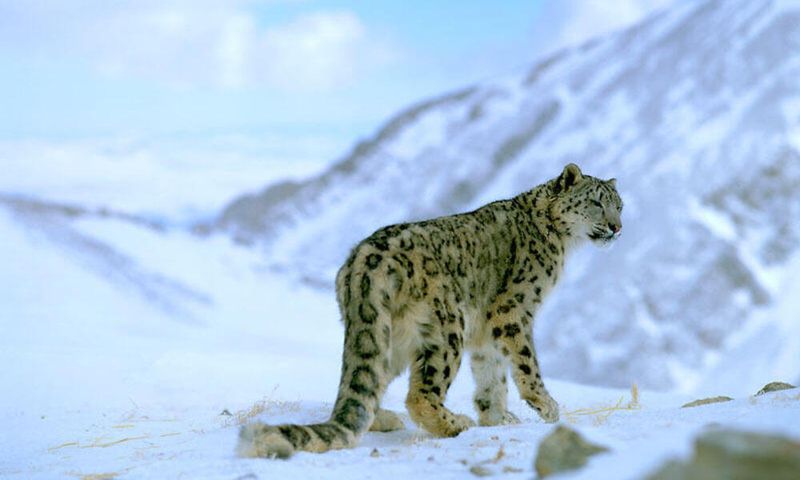
The snow leopard is a master of disguise, blending seamlessly into its rugged mountainous habitat. With its thick fur and powerful build, it navigates the steep, snowy terrain with grace. These big cats are known for their solitary and elusive behavior, making them incredibly difficult to track. A snow leopard’s keen senses and unparalleled agility enable it to evade predators and hunters alike.
Their territories are vast, often spanning hundreds of square miles, which adds to the challenge of locating them. Hunters must contend with harsh weather conditions and high altitudes, adding to the complexity of the pursuit.
Giant Squid
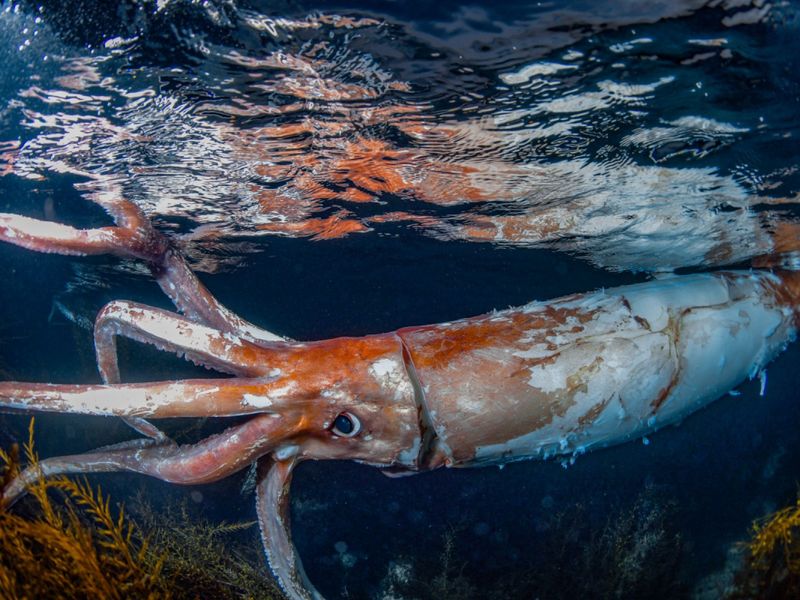
With eyes as large as dinner plates, the giant squid remains one of the ocean’s most mysterious residents. Dwelling in the deep ocean, these creatures are rarely seen by humans, making them a formidable challenge for hunters. Their massive size and powerful tentacles contribute to their legendary status among marine creatures.
Unlike many sea creatures, the giant squid’s habitat in the deep ocean makes it inaccessible to most hunters. The sheer depth and darkness of their environment further complicate encounters, requiring special equipment and expertise to observe or catch these elusive giants.
Mountain Goat
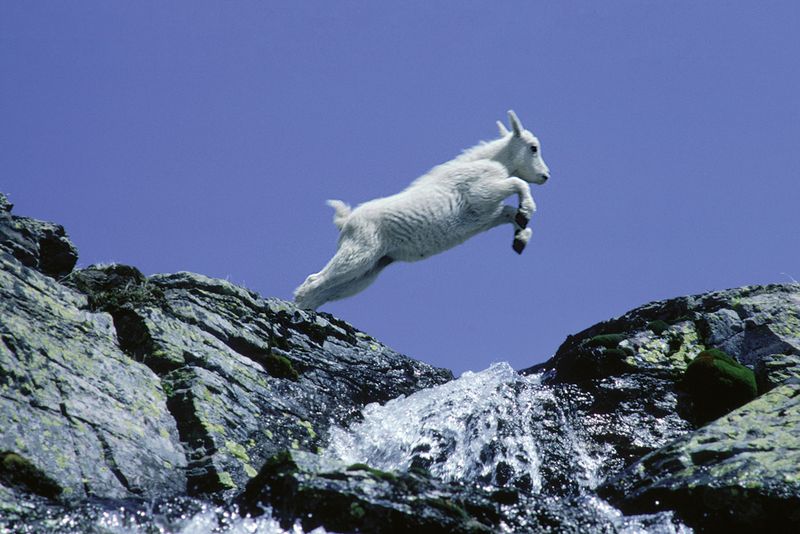
Perched high on rocky cliffs, mountain goats are the epitome of sure-footedness. Their ability to navigate the steepest and most treacherous terrains with ease makes them a challenging target for hunters. These agile creatures are often found in remote and rugged landscapes, where few dare to venture.
Mountain goats possess exceptional climbing skills, aided by their split hooves, which offer superior grip. Their elusive nature, combined with the demanding environment they inhabit, requires hunters to possess both physical endurance and strategic planning. Spotting these animals often requires patience and a keen eye.
Cheetah

The fastest land animal, the cheetah is a marvel of speed and agility. Capable of reaching speeds up to 70 mph, they can outrun nearly any other animal in a short sprint. This incredible speed, however, makes them an elusive target for hunters.
Cheetahs are well adapted to their savannah habitats, using their spotted coats as camouflage to blend with the tall grasses. Their keen eyesight helps them spot prey from a distance, allowing them to evade detection. Hunting a cheetah requires not only speed but also an understanding of their hunting patterns and behaviors.
Bighorn Sheep
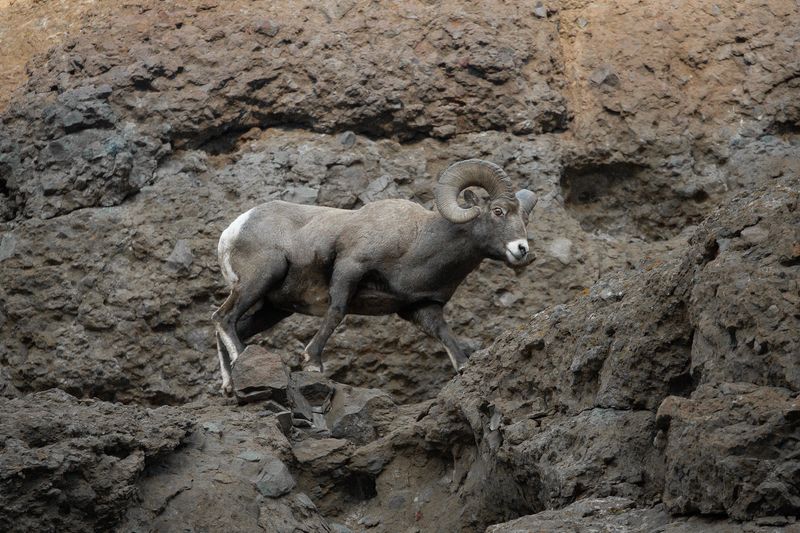
With a pair of majestic curved horns, bighorn sheep are a symbol of rugged wilderness. These animals inhabit steep, rocky terrains where their sure-footedness is unmatched. Their ability to traverse narrow ledges and cliffs makes them a difficult quarry.
Bighorn sheep are highly social and often travel in groups, increasing the challenge for hunters to approach without detection. Their acute senses of hearing and smell aid in early detection of predators. To successfully hunt bighorn sheep, one must master the art of silent movement and strategic positioning in challenging environments.
Elusive Jaguar
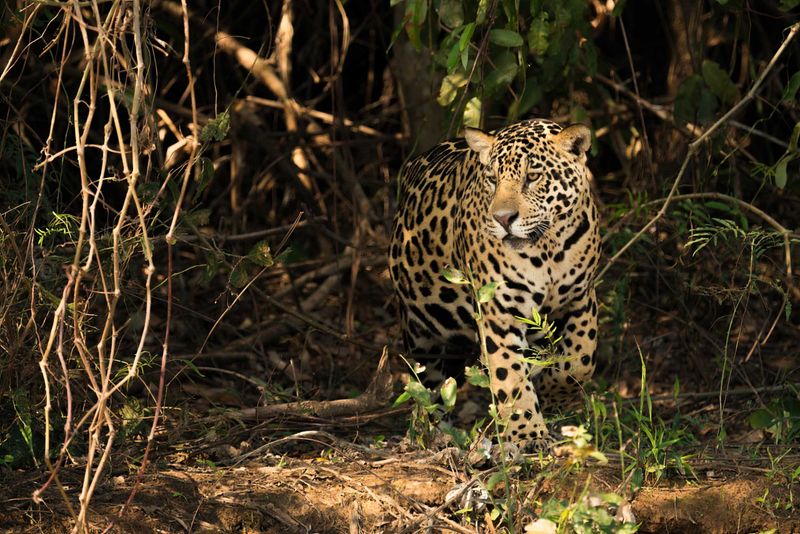
The jaguar, with its rosette-patterned coat, is a master of stealth and power in the jungle. Known for their solitary nature, these big cats are rarely seen, blending effortlessly into the dense foliage.
Jaguars possess an extraordinary ability to remain undetected while stalking prey. Their powerful build allows them to take down large animals, and their adaptability in water enhances their hunting prowess. Hunters face the dual challenge of navigating dense jungles and outsmarting a predator that is both cunning and strong.
African Elephant
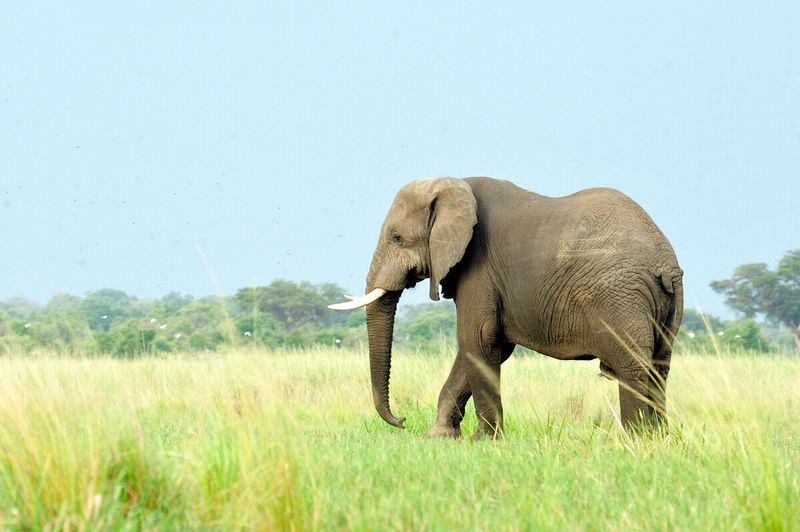
Majestic giants of the savannah, African elephants are both awe-inspiring and challenging to hunt. Despite their size, these creatures are surprisingly elusive due to their intelligence and social structure. Traveling in herds, they are vigilant and protective of one another.
Elephants have sensitive hearing and a remarkable sense of smell, enabling them to detect potential threats from considerable distances. Their migratory patterns mean they cover large areas, requiring hunters to follow them over vast terrains. The ethics and legality of elephant hunting add further layers of complexity to the pursuit.
Red Fox
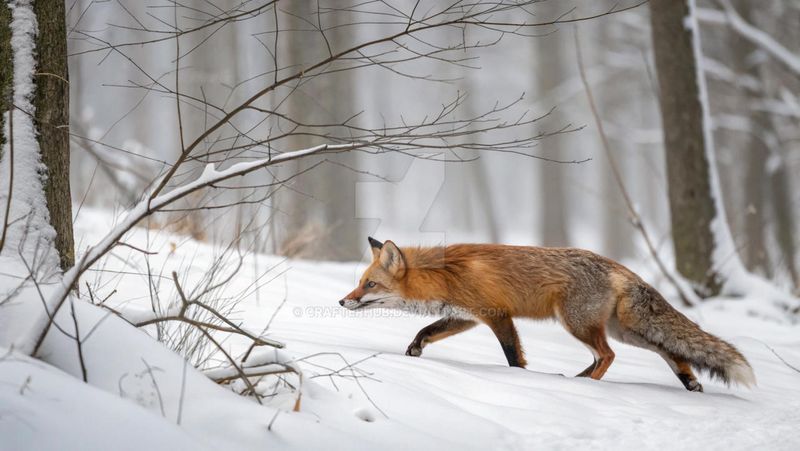
With its striking red coat and bushy tail, the red fox is a symbol of cunning and adaptability. These agile animals are masters of evasion, often outsmarting predators and hunters alike.
Their ability to adapt to various environments, from forests to urban areas, makes them particularly elusive. Red foxes are known for their intelligence and resourcefulness, often changing their routines to avoid detection. Successful hunting of these creatures requires keen observation and understanding of their clever tactics and diverse habitats.
Peregrine Falcon
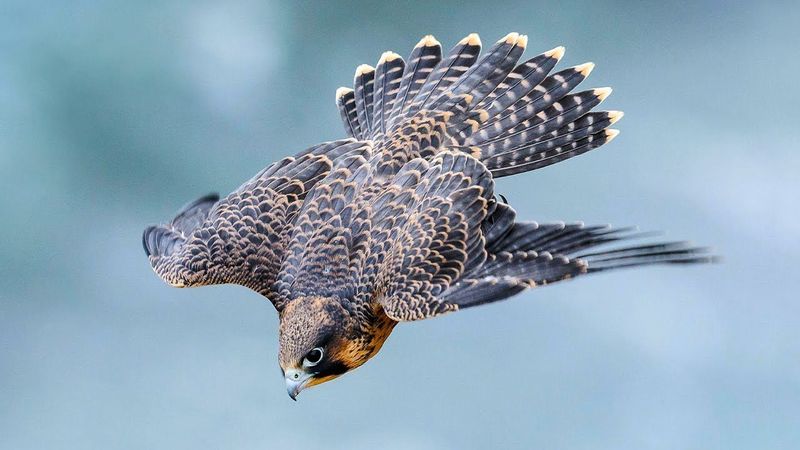
Renowned for their incredible speed, peregrine falcons are formidable birds of prey. These raptors are capable of diving at speeds over 240 mph, making them the fastest animals on the planet. Their agility in flight allows them to capture prey with precision.
Spotting these birds requires patience and keen eyesight, as they often nest on high cliffs or urban buildings. Their speed and aerial acrobatics present a significant challenge for hunters. Capturing or observing a peregrine falcon in the wild requires expertise and the right equipment to match their remarkable capabilities.
Ghost Bat
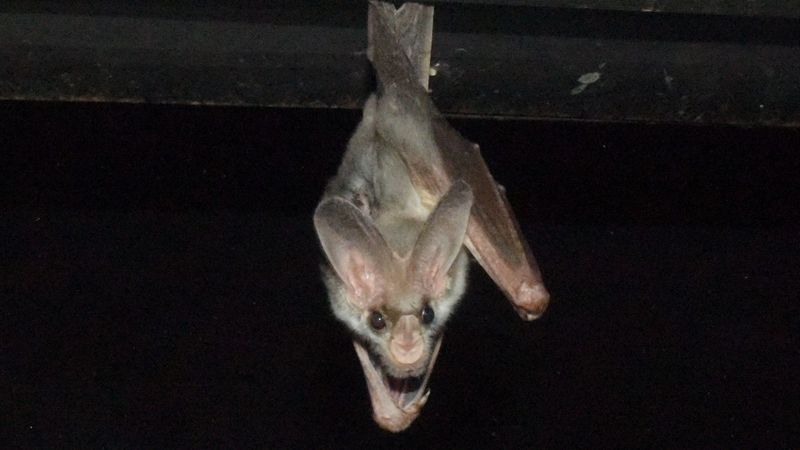
In the dimly lit caves of Australia, the ghost bat hides in shadows, living up to its spectral name. Known for their translucent wings, these bats are highly elusive nocturnal hunters.
Ghost bats are the only carnivorous bats in the region, preying on small mammals and insects. Their ability to navigate dark caves with echolocation makes capturing them a daunting task. Hunters must possess not only patience but also an understanding of their nocturnal habits and unique environment, making them one of the toughest animals to pursue.
Fennec Fox
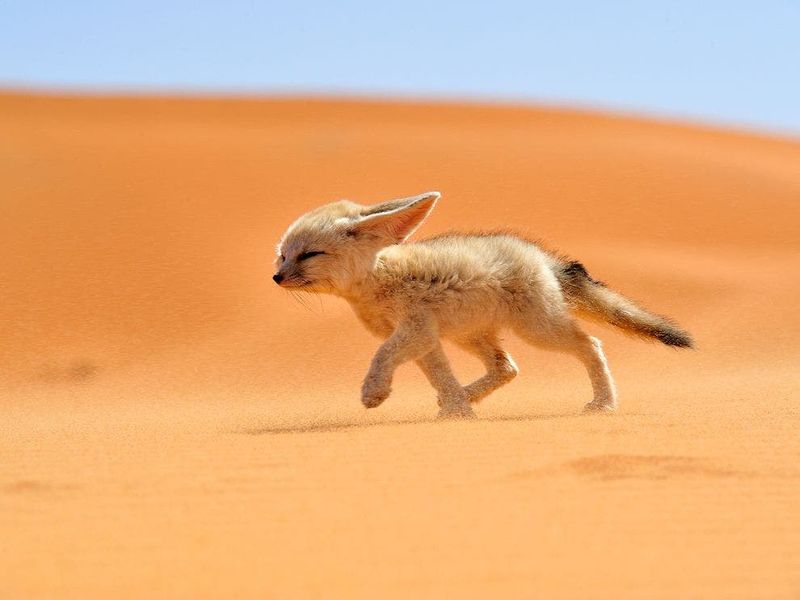
With ears larger than its face, the fennec fox is a desert dweller perfectly adapted to its harsh environment. The smallest of all foxes, it is known for its incredible hearing, which it uses to detect prey underground.
These nocturnal creatures are masters of camouflage, blending with the desert sands both in appearance and behavior. Hunting a fennec fox requires tracking them across vast desert expanses, a task made challenging by their speed and nocturnal habits. Their ability to disappear into their environment makes them a fascinating subject for hunters and wildlife enthusiasts alike.
Platypus
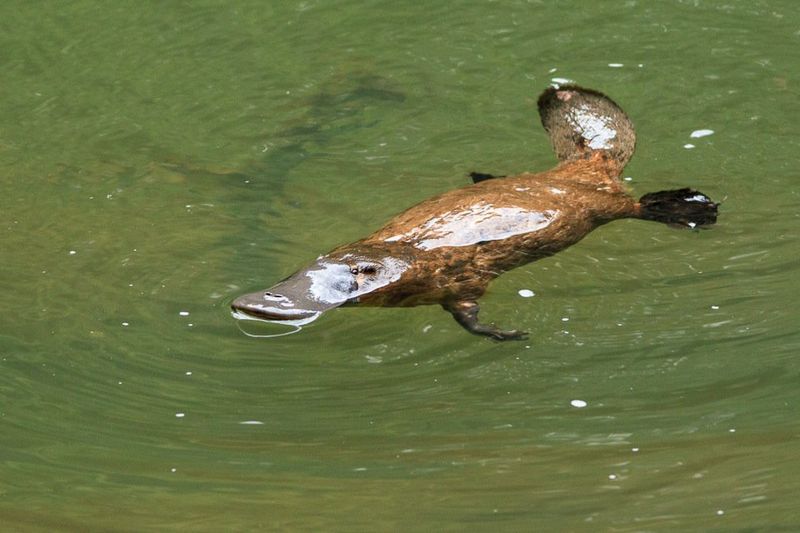
Unique and enigmatic, the platypus is a creature of contradictions. With its duckbill and webbed feet, it defies conventional categorization. Found only in Australia, these animals inhabit freshwater environments, where they hunt for small invertebrates.
Platypuses are elusive and primarily nocturnal, making them difficult to observe in the wild. Their ability to sense electric fields produced by prey adds to their mystique. Hunters and biologists alike are challenged by their secluded nature and specialized habitats, requiring meticulous planning and patience to study or capture them.
Siberian Tiger
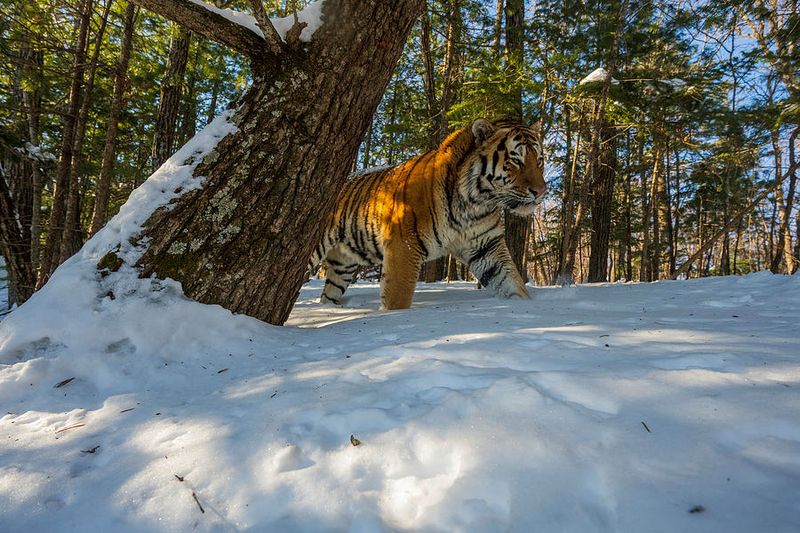
The Siberian tiger, with its striking orange coat and black stripes, roams the vast, frozen forests of Russia. These magnificent predators are masters of camouflage and stealth, making them extremely difficult to track.
Their formidable strength allows them to take down large prey, yet they remain elusive, often moving silently through their expansive territories. The harsh climate and dense forests add to the challenges faced by those attempting to hunt them. Conservation efforts further complicate legal hunting, emphasizing the need for protection of these awe-inspiring creatures.
Harpy Eagle
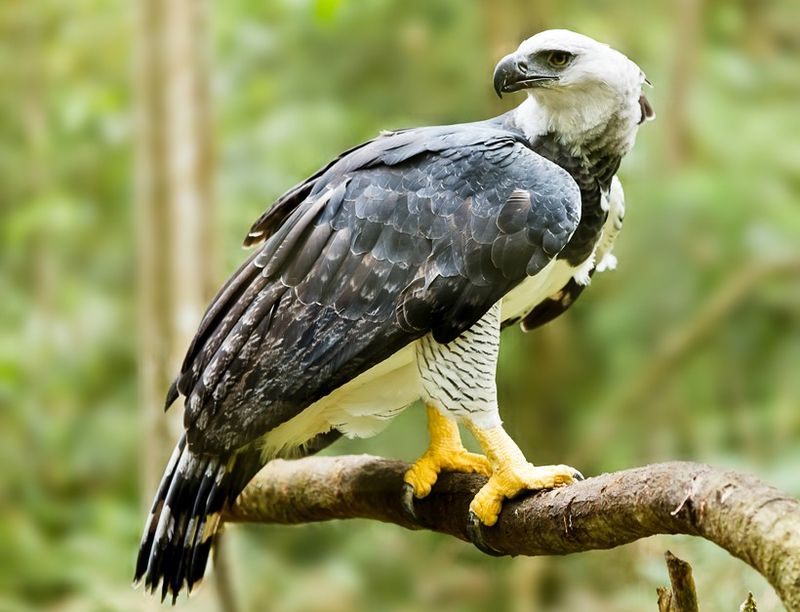
With its imposing size and formidable talons, the harpy eagle is a true apex predator of the rainforest canopy. These birds of prey are both majestic and elusive, often residing in remote jungle areas.
Harpy eagles are known for their incredible strength, capable of capturing large animals like monkeys and sloths. Observing these magnificent creatures requires navigating dense forests and understanding their territorial behaviors. Their rarity and the challenges of their habitat make them a coveted sight for bird watchers and hunters alike, symbolizing the untamed beauty of the wild.

